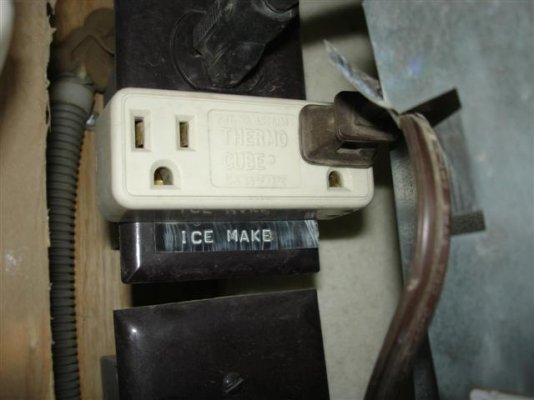Our first year with our previous MH, we used it through the winter in Boise, to below zero. (91 Allegro, 28'.) We parked it with full hookups, in an RV resort, sandwiched between three parks, off of the Greenbelt, downtown. DW - Dani, simply loves camping out, and that means if we can?t move it, she?ll camp out - wherever the RV happens to be, at that time, whatever the weather, and she loves thunderstorms and snowstorms.
Being an utter novice, I didn?t know all the things that couldn?t be done. Not being utterly dense, I figured that interior heat and the threat of freezing the water lines would be the challenge. (I hadn?t discovered the RV Forum, at that time.) Anticipating that, I bought some aluminum ?bubble? type, insulation at a builder?s supply and cut and taped it to the lower sides, surrounding the RV, closing off the space between the RV and the ground. I cut holes for the exhaust pipes for the engine and Gen set, so we could run them from time to time for the health of each.
We dumped, as necessary, through the winter. We did not keep the sewer hose connected. We did not keep the water hose connected, but filled the water tank as needed, instead. We did use the electrical hookup, continuously. Finished the winter with the same tank of gas I started with. The furnace? Heat? ? ? ?
We ran a 1500 Watt electrical heater, continuously, with the permission of the park management. (When I would stop by, to warm up and have a cup of soup or a sandwich, DW had made, I parked my marked police unit outside. The management loved it, and reduced our rent, to keep us there!) (Yes, I told my supervisor that and he approved.) Oh yeah - heat. I had to move it to buy propane, four times during the winter. Couldn?t get a supplier to deliver. Reinstallation of the insulation took about half an hour, after the propane refill.
It worked! It was a kick in the pants! Had a great time.
Improvements: I noted that shortly after I ?winterized? using that method, several other units started installing custom made ?skirts.? They worked better than mine, and looked better by far, attaching with snaps rather than duct tape. They used a vinyl fabric, custom fitted for the units. Someone else ?invented? this method before I did! Several already had them, color matched to their RV! I watched, as tenting and awning companies fabricated and installed the rest of the park. Cost - about $1,200 for a thirty foot unit.
Down-side:
1. Gotta take the skirts off to drive - exposing everything to the outside temperature. Don?t know how to go anywhere, and avoid freezing lines, while moving. Driving down the highway, while skirted, not recommended! :-\
2. Storage - When not using the skirt, it takes a heap of storage space! Skirting for a 30' unit - ours at that time - measured 12 cubic feet!
After our second winter, we upgraded to our Challenger. We?ve used them through the winter, parked, for the most part. (Different system for the Challenger.) We enjoy it, but would like to be able to ?go somewhere? 12 months of the year, and do it easier!
I?ll post more, if I see any interest. Would love to find out other ?secrets!? I know this can be done!
Ray D. ;D

